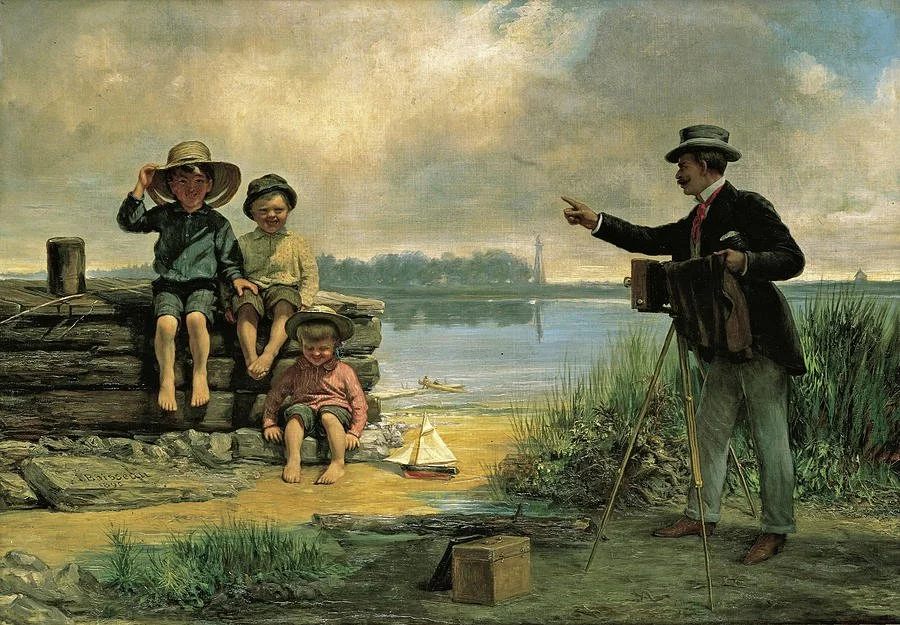Tell us a bit about who you are.
My profession is architecture; initially photography was just a hobby, but after a while it partially replaced my profession. Today I devote myself to both: I work as an architect as well as a photographer.
What was the trigger, or inspiration, that led to your taking up photography?
My ex-husband.Thanks to him I discovered the world of photography.
What do you hope to communicate or describe with your work?
Humanity. I take photos of what I see, what touches me, what I like, and what disturbs me, but this is not landscape or architecture.
You did a very emotional project in the mental hospital; would you tell us about that experience?
I was always interested in the psychology of mentally ill people; I read a lot about this, and when I was already into photography, I realized that I could get closer to them. In the beginning, I was not allowed to enter the hospital without guards, and this complicated the shooting. After several visits, I was already a desirable guest for the patients, just because of these trivial reasons: (1) I was listening to them, and (2) I supplied them with cigarettes; after that I was not accompanied by the guards anymore. My camera was almost not visible to them. They just wanted to talk, and they needed someone who would listen to them. There were also persons who didn't connectwith me at all, and shooting them was more difficult. But the one thing, that was clear, was that their world is more gentle and forgiving. It seems they can love someone with all their heart more than "normal" people. They need care and warmth just as much as children do. I can't say that this changed something deep inside myself, but I did realize that their real world is not as scary as it seems at first glance.
Finnally, please select 3-5 of your photos and talk about how they came to be and how they reflect your working methods. You can talk about them individually or as a group,whatever feels right for the work.
I shoot with film, black and white film. This makes me more attentive towards the subjects of my photos; I try to depict in my pictures not only what is specific to the moment, but also something that is a common human problem. Whether I succeed in this or not is another story. A long time ago, when I had just begun to study painting, my professors repeatedly asked me to express my emotions after seeing various masterpieces. Such requests seemed strange to me; the same question was popping up in my mind repeatedly: Why I should write about things that have their own language – an expressive language, which is much deeper than words?I have the exact same feelingwhen people ask me about my photos- all I want to say is in front of you; it is my words and my soul; it’s what I feel and what I want to share with you, and I have nothing to add.






